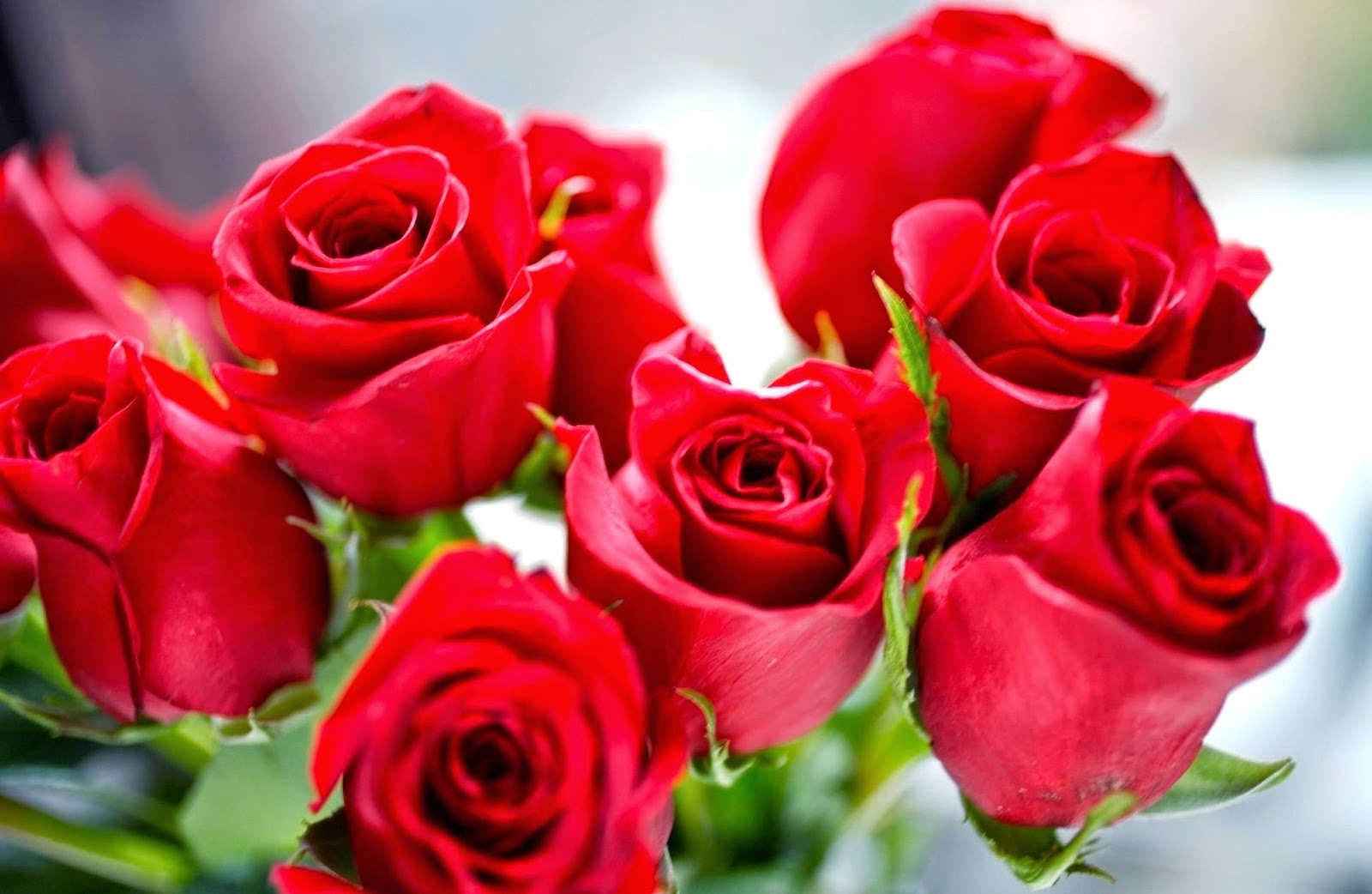What Is A Flower

The concept of a flower is one that has been studied and admired for centuries, with its beauty, complexity, and importance in the natural world being unparalleled. At its core, a flower is the reproductive structure of a plant, designed to produce seeds and facilitate the continuation of the species. This intricate process involves a combination of male and female reproductive organs, which work together to achieve fertilization and ultimately lead to the production of fruit and seeds.
The Structure of a Flower
A flower is typically composed of several key components, each playing a crucial role in the reproductive process. The petals, often the most visible part of the flower, serve as a attracting agent for pollinators such as bees, butterflies, and hummingbirds. The sepals, which are usually green and located at the base of the petals, protect the flower bud before it opens. The stamens, consisting of the filaments and anthers, are the male reproductive organs responsible for producing pollen. The pistil, made up of the stigma, style, and ovary, represents the female reproductive organ, where fertilization takes place and seeds develop.
The Function of a Flower
Beyond its role in reproduction, a flower serves several other functions that are vital to the survival and success of plants. One of the most critical functions is attracting pollinators. Flowers have evolved a wide range of colors, shapes, and scents to attract specific pollinators, ensuring that pollen is transferred efficiently between plants. This process not only facilitates the reproduction of the plant but also contributes to the genetic diversity of the species by allowing for cross-pollination.
Types of Flowers
The diversity of flowers is astounding, with over 350,000 known species, each with its unique characteristics, adaptations, and purposes. From the tiny flowers of the Wolffia, which are barely visible to the naked eye, to the large and showy blooms of the Rafflesia, flowers come in an incredible array of sizes, colors, and shapes. This diversity is a testament to the adaptability and resilience of plants, as they have evolved to thrive in almost every environment on Earth.
The Cultural and Economic Significance of Flowers
Flowers have also played a significant role in human culture and economy. They are used in various ceremonies and rituals, symbolizing love, beauty, and life. The floral industry is a multi-billion dollar market, with flowers being traded globally for decorative purposes, perfumery, and medicinal uses. Beyond their commercial value, flowers have inspired countless works of art, literature, and music, reflecting their profound impact on human imagination and creativity.
The Future of Flowers
As the world faces challenges such as climate change, habitat destruction, and biodiversity loss, the future of flowers and the plants they represent is under threat. Conservation efforts, sustainable gardening practices, and research into plant biology are crucial for protecting flower diversity and ensuring that these natural wonders continue to thrive for generations to come.
What is the primary function of a flower?
+The primary function of a flower is to facilitate the reproduction of the plant, through the production of seeds. This involves attracting pollinators, facilitating fertilization, and developing seeds within the flower's ovary.
Why are flowers important to humans?
+Flowers are important to humans for their aesthetic value, their role in ceremonies and rituals, and their economic significance. They also inspire art, literature, and music, and have various practical uses in perfumery and medicine.
Conclusion
In conclusion, flowers are complex and fascinating structures that play a critical role in the life cycle of plants and have a profound impact on human culture and the environment. Their beauty, diversity, and importance in pollination and reproduction make them a vital component of ecosystems around the world. As we move forward in an era marked by environmental challenges, appreciating and protecting flowers, along with the plants they represent, is not only a matter of preserving natural beauty but also of ensuring the health and sustainability of our planet.
By embracing these practices and fostering a deeper appreciation for the natural world, we can work towards a future where flowers continue to bloom, inspiring generations to come.



